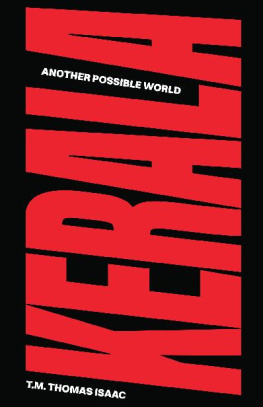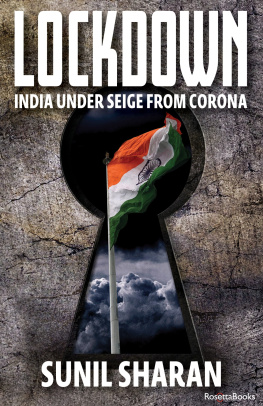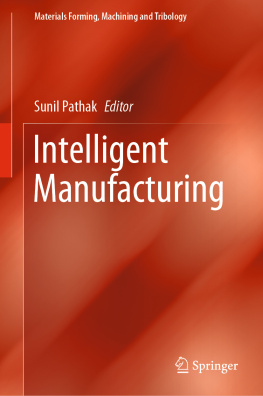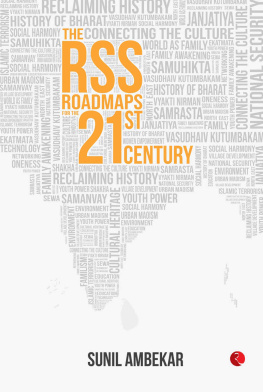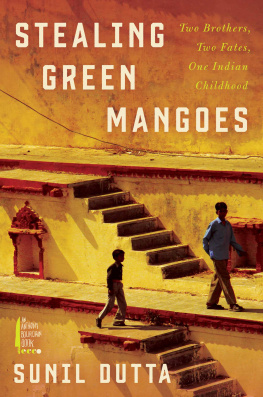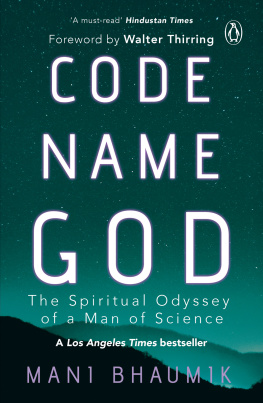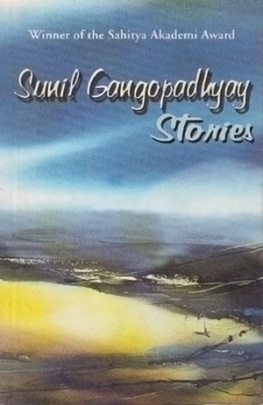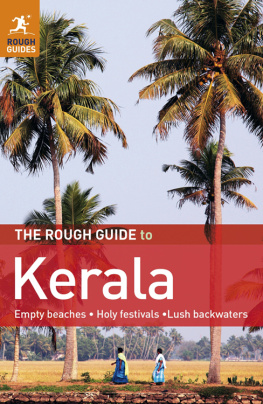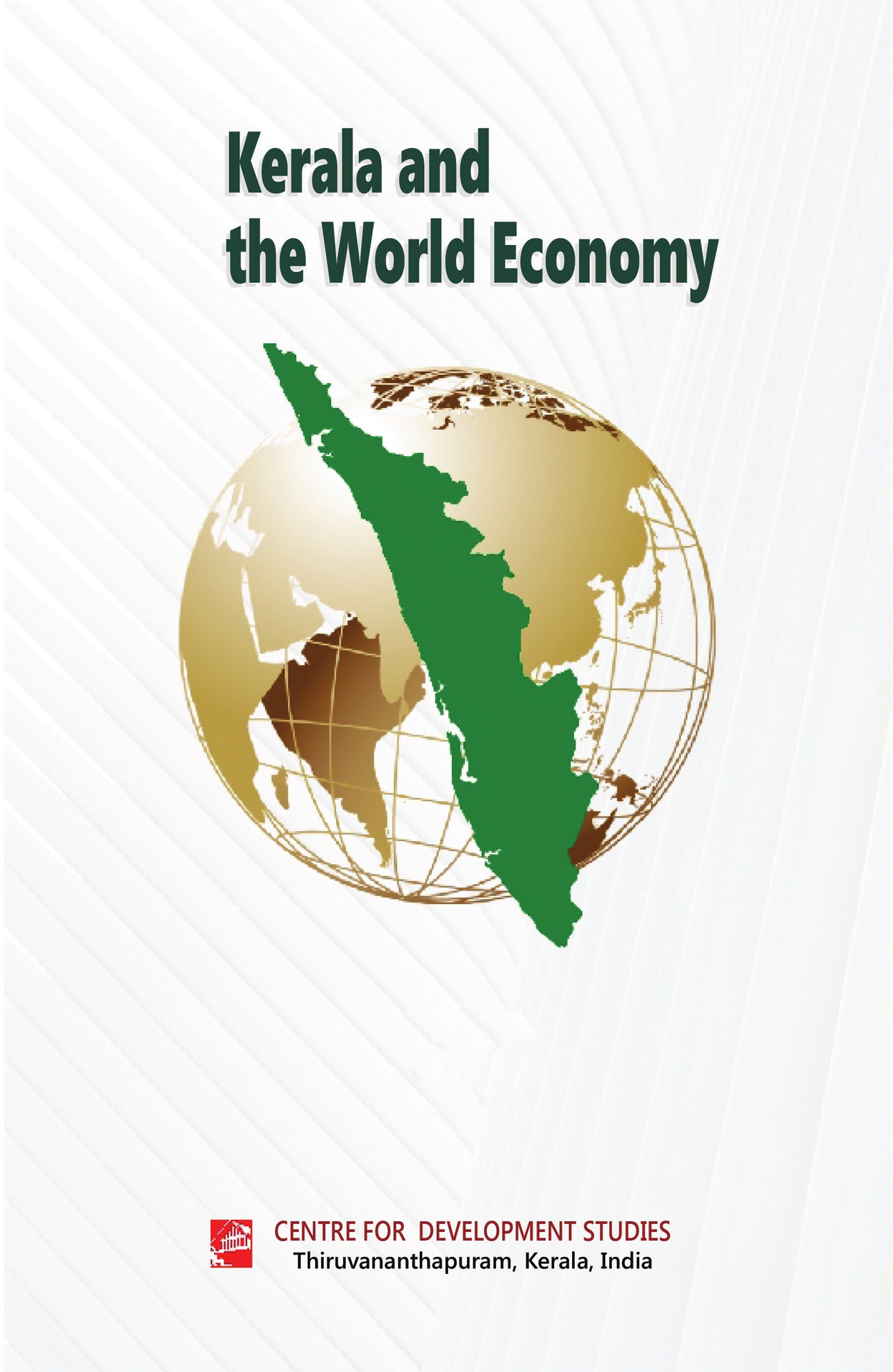
Edited by
Sunil Mani
Kerala and the World Economy
Edited by Sunil Mani

CENTRE FOR DEVELOPMENT STUDIES
(Under the aegis of Govt. of Kerala & Indian Council of Social Science Research) Prasanth Nagar Road, Ulloor, Thiruvananthapuram - 695011, Kerala, India Tel : +91 - 471 - 2774200, 2448881, Fax : +91-471-2447137 | Website : www.cds.edu
Kerala and the World Economy
Edited by: Sunil Mani
Published by
Centre for Development Studies (Under the aegis of Govt. of Kerala & Indian Council of Social Science Research) Prasanth Nagar, Medical College P.O, Ulloor, Thiruvananthapuram 695 011, Kerala, India www.cds.edu
Printed at
St. Josephs Press
Vazhuthacaud,Thiruvananthapuram 695 014 Kerala, India
First Edition: November 2020
ISBN: 978-81-948195-3-0 (Paperback) ISBN: 978-81-948195-2-3 (E-Book)
Centre for Development Studies 2020 All Rights Reserved
Cover images courtesy of Ajikumar A.R., CDS
Responsibility for the contents and opinions expressed rests solely with the authors
In Commemoration of the 50 th Foundation Year of the Centre and in Memory of Professor K N Raj, Professor P G K Panikar
and Professor T N Krishnan who really intiated systematic study of Keralas Economy
This page is left intentionally blank
Foreword
It is a privilege and pleasure to celebrate fifty years of the Centre for Development Studies (CDS). CDS came into my world on 25 April 1974 when my boss, Professor Anthony Low, who was passing through Kerala on his way back to Australia, had an appointment with Professor K. N. Raj.
On a typical pre-monsoon morning with the temperature 32 degrees and humidity 70 per cent (my diary says), we went by taxi to CDSs temporary headquarters at Ulloor from the Mascot Hotel where I had booked Professor Low. (I lived at the Sreevas Tourist Home at Thampanoor next to the Sreekumar Cinema. Economists may wish to note that the rent was Rs 49 per week).
Professor Low was director of the Research School of Pacific Studies at the Australian National University in Canberra, and the two, Professor Low and Professor Raj compared notes about their institutions. We heard about the plans for building the new campus and got a glimpse of the growing and business-like library. The meeting was over in an hour, Professor Low went to the airport and I went to the Secretariat to read files of the old Travancore Government which were held deep in the cellar.
Towards the end of the following year (1975), I had the opportunity to visit CDS two or three times, partly to visit Professor Joan Mencher, the anthropologist, who was one of the procession of distinguished guests that the Centre has attracted since inception. The new campus, and its delightful Laurie Baker buildings, had begun to grow. Indira Gandhis emergency was just beginning, there was a lot of uncertainty, as well as a sense of Kerala-style defiance, and my memory is that one evening ended with a lusty singing of We Shall Overcome.
Since that time, like many other foreign scholars, Ive been a regular beneficiary of CDSs publications and the knowledge and generosity of its staff. Perhaps the most notable of those publications has been Poverty, Unemployment and Development which put CDS and Kerala on the reading lists of policy-makers and scholars around
vi
the world and gave rise to the term the Kerala model. My battlescarred copy is the Indian edition of 1977, but the report, written by Professor Raj and colleagues at CDS, gained notoriety from its initial publication by the United Nations in 1975.
It was 1980, however, before Kerala and model were put together in an economic-development sense and the Kerala model became commonly heard in the context of economic and social change. The Times of India made the connection in 1980. Kerala is picked out as a model, Dilip Mukerjee wrote as he digested the World Banks World Development Report 1979, where Keralas achievements had been highlighted. Literacy and life expectancy in the state are as high as in countries near the top of the middleincome range. This, in turn, has contributed to low population growth because falling infant mortality has persuaded people to accept a smaller family norm. i The World Development Report drew of course on Poverty , Unemployment and Development . Today, if you put Kerala model into a search engine, you get more than 300,000 hits.
Kerala and the World Economy therefore has a famous and distinguished pedigree and can expect a global audience, keen for answers to the 21st-century question, Hows Kerala doing? Readers will find a variety of answers in this book.
The extensive introduction provides a digest of the themes and viewpoints of the 16 contributions. They wrestle with key questions for a state with one of the worlds highest population densities the population of Canada in an area the size of Bhutan. How do so many people live so closely without destroying their environment? Three papers wrestle with that question. What has happened to agriculture and the exotic crops that drew the Mediterranean world to Kerala 2,000 years ago? Three papers take on that topic. Where does the future lie in industry, international trade, animal husbandry? Six papers explore these areas. And, finally, perhaps the most interesting of all: what does the vast Malayali diaspora, and its personal connections and remittances, have in store for Kerala?
i Dilip Mukerjee, Indias economic prospects bleak: World Bank report, Times of India, 19 August 1980, p. 15.
vii
As well as the strengths of individual papers, this book is also a work of reference. More than a hundred tables and fifty graphs and figures present time-series data for matters ranging from the price of plantation crops to Keralas trade or the death and birth rates of Kerala cattle. It is the sort of book anyone researching economic and social development will want to have near at hand.
The book is a fitting way to commemorate fifty years of an institution that has brought credit to Kerala and no doubt contributed to sound policy-making and preservation of the best features of the Kerala model.
Robin Jeffrey
Visiting Research Professor Institute of South Asian Studies National University of Singapore
15 September 2020
This page is left intentionally blank
Preface
The Centre for Development Studies has a long tradition of facilitating informed discussion on Keralas economy. This commences with the publication of a very influential volume, Poverty, Unemployment and Development Policy by Professor K N Raj and his associates in 1975 based on a project sponsored by the United Nations. Subsequent to this very path breaking publication, several colleagues and indeed M Phil and PhD students at the Centre have published monographs and journal articles on different aspects of the states economy. But an all-encompassing monograph which discusses the performance of the state covering the more recent period was found wanting. It is hoped that the present volume seeks to fill in this important gap in the literature.
Keralas development experience has attracted much attention in the literature on development economics. Although not having the level of per capita income of developed countries, the state has achieved a very high level of performance in all the indicators that contributes to improvement in human development. On the economic performance side, the rate of growth of the states GSDP has kept pace with that registered by the nations economy and in the more recent years have registered progress that is even better. It is generally assumed that the states economy is integrated with rest of the country and with certain countries abroad through trade in commodities and the movement of natural persons. According to the surveys on inward remittances conducted by the Reserve Bank of India, Kerala accounts for the largest share of almost 20 per cent of the remittances coming to India as a whole. Despite all these, attempts to measure the extent of integration of the states economy with rest of the world has been very much limited indeed. The papers in this edited collection seek to fill in this gap measuring in some precise terms the extent of integration of the states economy through exchanges in commodities and migration. The papers have been presented in a conference which the Centre for Development Studies organised in February 2020 as part of its commemoration of its 50 th year of its foundation. There are 15 invited papers by

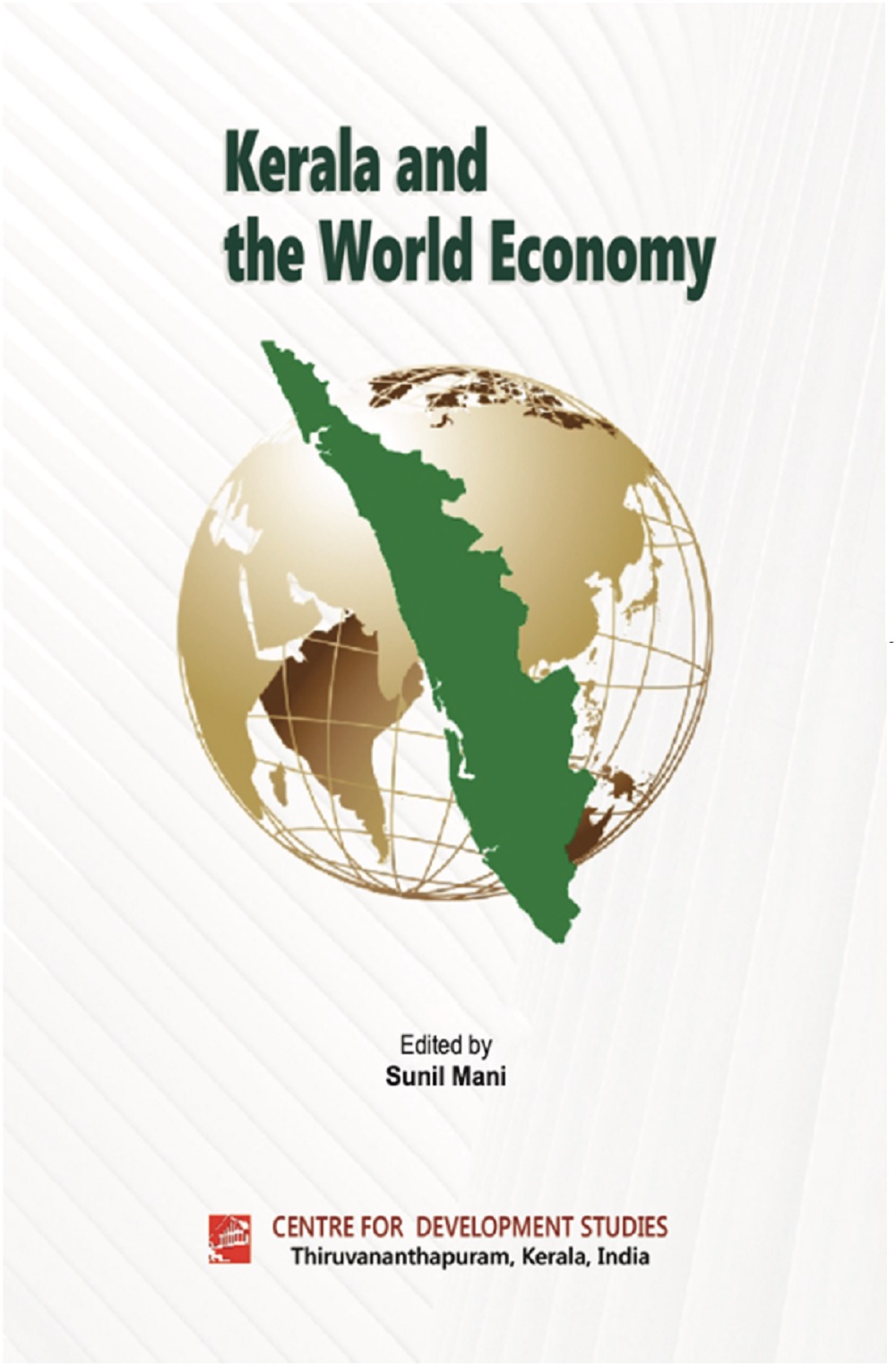
 Edited by
Edited by



